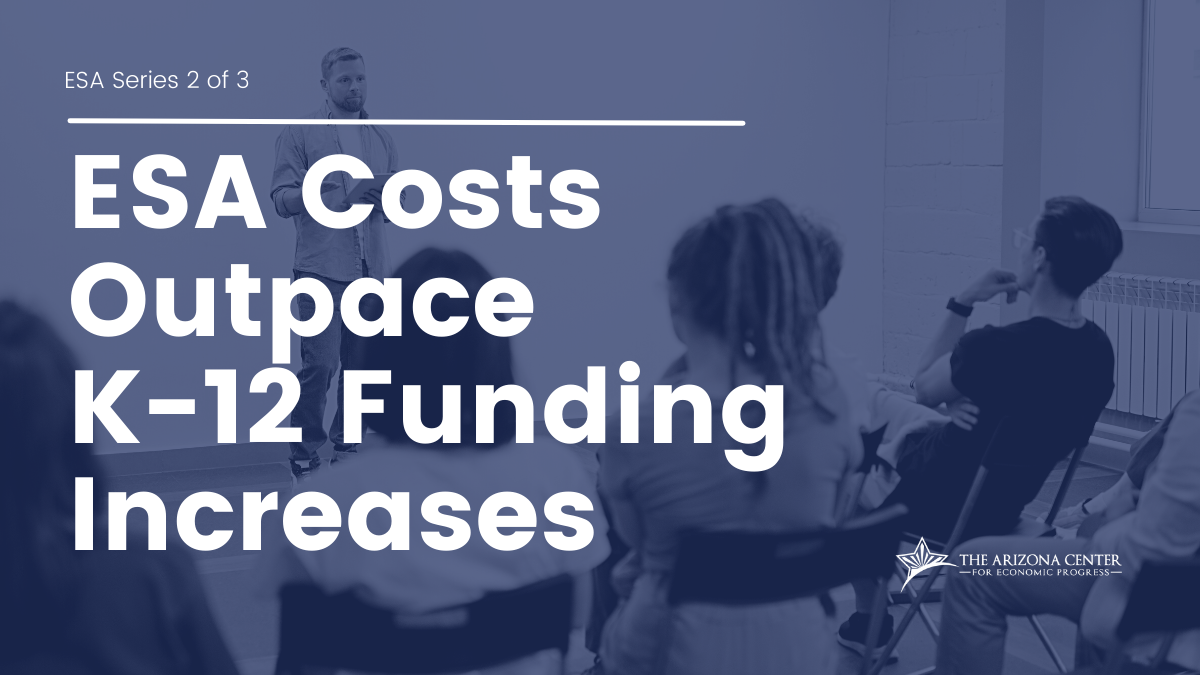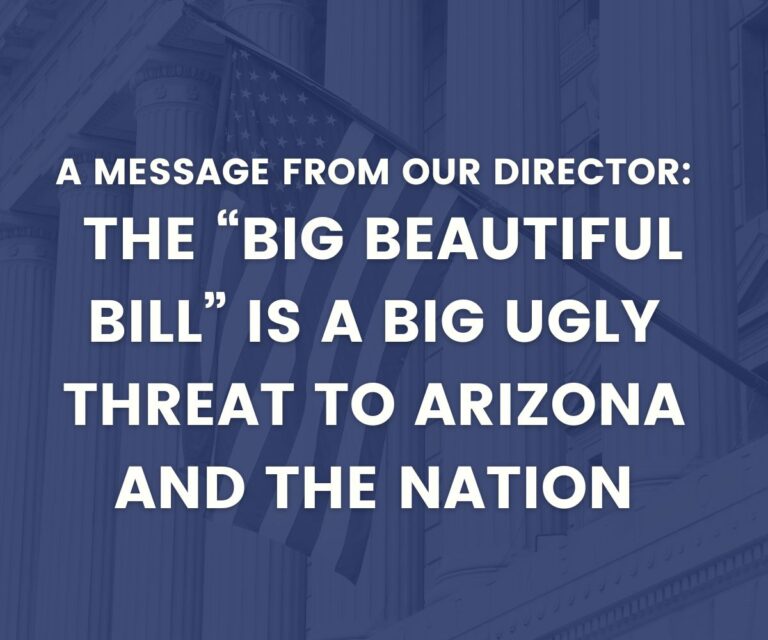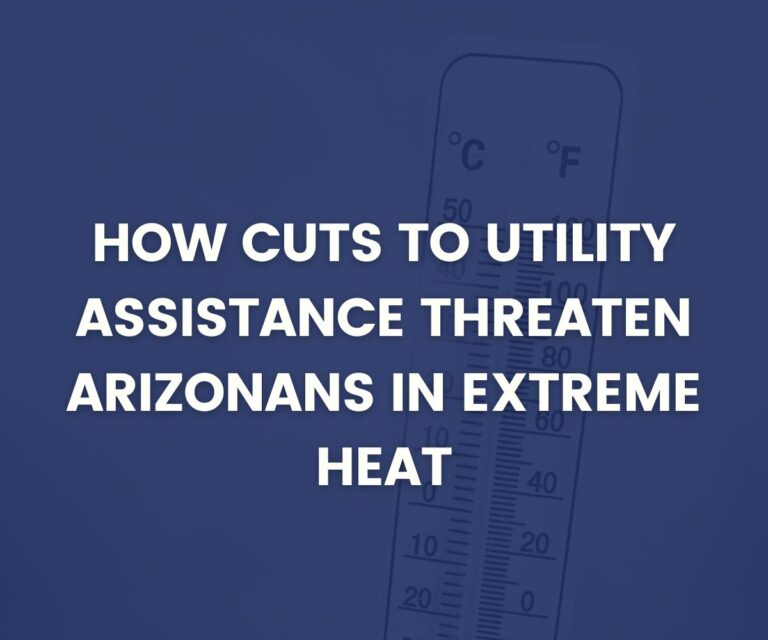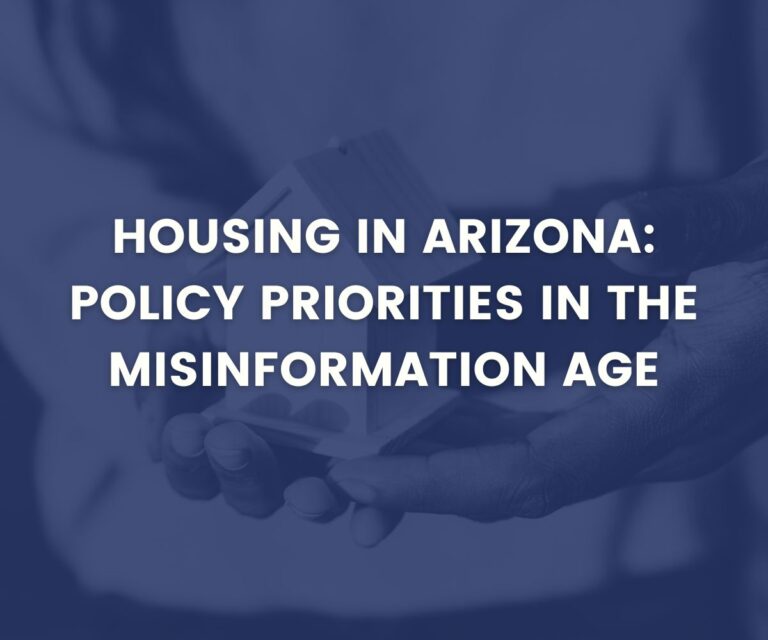
School Voucher Costs Have Risen Much Faster Than K-12 Funding Increases
This post is part of a series including Arizona School Vouchers, Explained, School Voucher Costs Have Risen Much Faster Than K-12 Funding Increases, and School Vouchers Lack Necessary Transparency and Accountability.
In recent years, the use and cost of Empowerment Scholarship Account (ESA) vouchers have massively increased. State funding has increased by over $150 million over the past decade and nearly 11,000 students will use an ESA voucher in 2022. Despite funding private schools, ESA vouchers are paid out of Basic State Aid, Arizona’s primary funding source for K-12 public education. ESA vouchers are expected to cost the state’s general fund $155.5 million in fiscal year 2021-22. Learn more about Arizona’s General Fund here.
As a state-funded program, ESA vouchers compete for the resources Arizona spends on public education. While total spending on ESA vouchers is a small fraction relative to overall K-12 funding, in nearly every year since their inception, ESA vouchers have been expanded at a significantly greater rate than the K-12 public education general fund budget. For example, in 2022 spending on ESA vouchers is estimated to be 26 percent higher than in 2021, while funding for K-12 public education overall will only increase by 8 percent. ESA voucher state spending continues to outpace K-12 public education growth year after year. In every year since ESAs have been established, Arizona has continued to rank in the bottom four among other states and DC in K-12 public education per pupil funding.
ESA vouchers provide 90% of the base support level and additional assistance that would have gone to the student’s district or charter school had the student remained enrolled. But that does not mean that ESA vouchers are less costly than educating students in public schools. The average ESA voucher is $15,189, more than double the average state support for students attending public schools ($6,612). This is due to two reasons:
- Most students who use ESAs require more funding: The majority of students receiving ESA vouchers are special needs students who receive more funding than most other students. One-fifth of students receiving ESA vouchers as of September 2021 received $30,000 or more, reflective of the increased funding required by schools to educate and support these students.
- ESAs cost the state more if a student comes from a wealthier area: ESA vouchers are paid entirely with state general fund dollars. In most districts, student funding is a mixture of local property taxes and state funds. In wealthier districts, where student funding is paid entirely from local property taxes, ESA vouchers shift the entire cost for educating those students to the state general fund.



